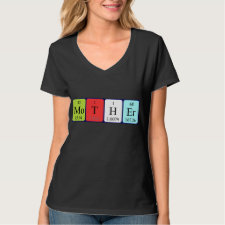Authors: Kamon Y, Takeuchi T
Article Title: Molecularly Imprinted Nanocavities Capable of Ligand-Binding Domain and Size/Shape Recognition for Selective Discrimination of Vascular Endothelial Growth Factor Isoforms.
Publication date: 2018
Journal: ACS Sensors
DOI: 10.1021/acssensors.7b00622
Abstract: Vascular endothelial growth factor 165 (VEGF165) is known to be predominantly expressed in the first stage of vascularization; therefore, the detection of VEGF165 is important in the stage diagnosis of cancers. Molecularly imprinted nanocavities, capable of the selective discrimination of VEGF165 from other VEGF isoforms, were prepared by surface-initiated atom transfer radical polymerization. VEGF165 was immobilized on a gold-coated glass substrate by anchored heparin moieties, where the immobilized heparin was able to capture VEGF165 by binding with the heparin-binding domain (HBD) on VEGF165. Molecular imprinting was conducted on the immobilized VEGF165 by using methacrylic acid (MAA) as a functional monomer to interact with basic amino acids outside of the HBD of VEGF165 by electrostatic interaction. After the removal of VEGF165 from the obtained polymer thin layer (ca. 7 nm), VEGF165-imprinted nanocavities remained, in which the heparin moiety and MAA residues were located in suitable positions for VEGF165 recognition. The molecularly imprinted polymer (MIP) thin layer showed a binding affinity for VEGF165 (dissociation constant: 3.4 nM) that was ten times higher than that of the substrate before polymerization (heparin-immobilized substrate). A much lower binding affinity for VEGF121, which contains no heparin-binding domain, was observed. Moreover, the MIP thin layer distinguished VEGF165 from VEGF189, which possesses a larger molecular size than VEGF165, an amino acid sequence homology of 87%, and contains HBDs, whereas the heparin-immobilized substrate showed almost no selectivity. These results suggested that the heparin moiety within the nanocavity provided HBD selectivity and the polymer matrix comprising the molecularly imprinted nanocavity provided size/shape selectivity, which resulted in the highly selective discrimination of VEGF isoforms



Join the Society for Molecular Imprinting

New items RSS feed
Sign-up for e-mail updates:
Choose between receiving an occasional newsletter or more frequent e-mail alerts.
Click here to go to the sign-up page.
Is your name elemental or peptidic? Enter your name and find out by clicking either of the buttons below!
Other products you may like:
 MIPdatabase
MIPdatabase









